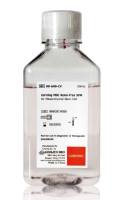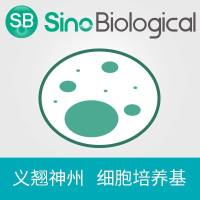Methods for Culturing Human Embryonic Stem Cells in a Xeno-Free System
互联网
互联网
相关产品推荐

Corning MSC Xeno-Free SFM间充质干细胞无血清培养基
询价

Zika virus (ZIKV) (strain Zika SPH2016) ZIKV-E (Stem/anchor domain of flavivirus envelope glycoprotein E) protein (Fc Tag)
¥4520

HB Western blotting Principles and Methods
¥223

btuC/btuC蛋白/btuC; OE_2952FCobalamin import system permease protein BtuC蛋白/Recombinant Halobacterium salinarum Cobalamin import system permease protein BtuC (btuC)重组蛋白
¥69

SIM SF Expression Medium (For SF9, SF21)(Serum free) | SIM SF 细胞培养基 (用于SF9, SF21细胞)(无血清)
¥450
相关问答

